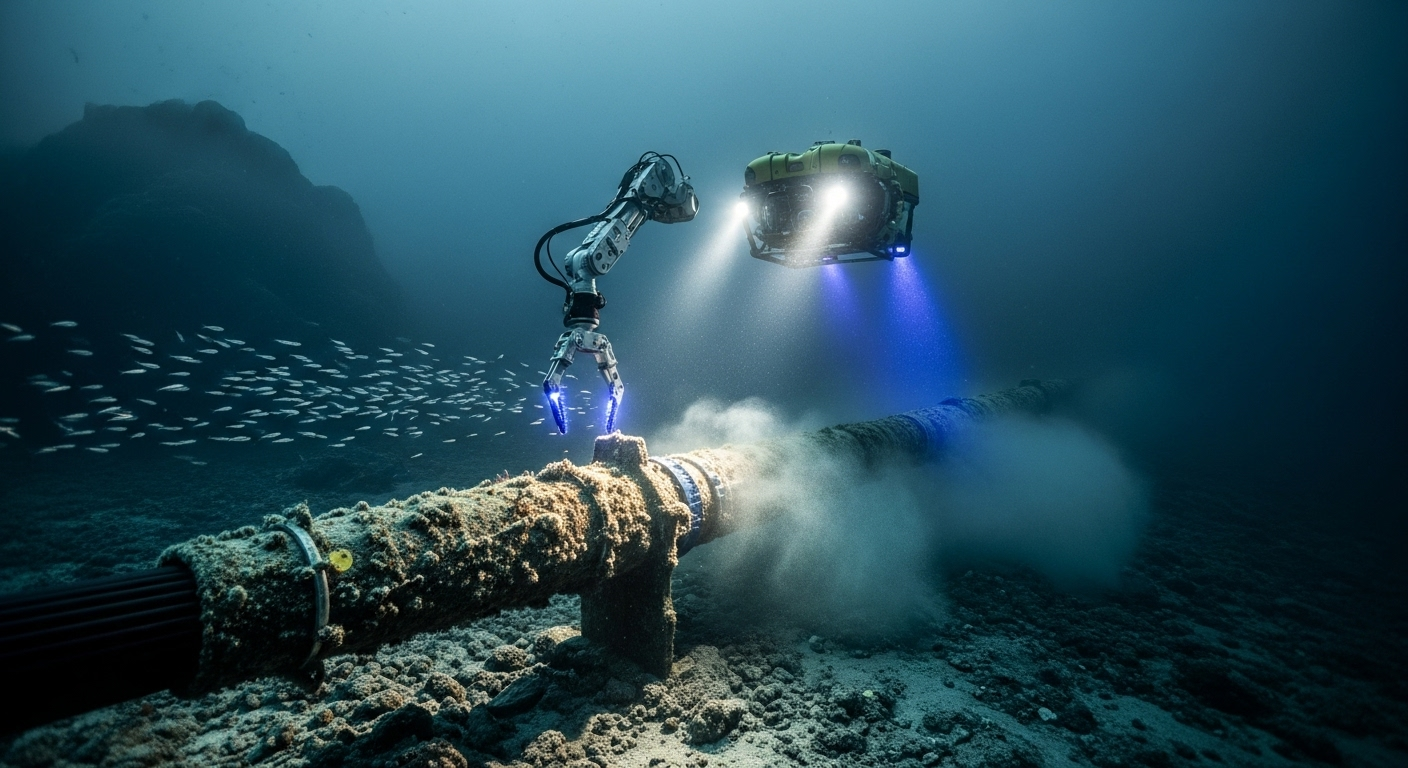Unraveling the Mysteries of Undersea Data Cables: A Deep Dive into Submarine Networks
Did you know that 99% of international data is transmitted via undersea cables? These technological marvels, invisible to most of us, form the backbone of the internet, powering everything from emails and video chats to global financial transactions.

A Brief History of Submarine Cables
Submarine cables aren’t a new concept. In fact, they date back to the 1850s when the first transatlantic telegraph cable was laid. These early cables were simply copper wires wrapped in a protective layer, using Morse code to transmit messages. Fast forward to the 1980s when fiber-optic cables revolutionized the industry, allowing for the high-speed transmission of data over long distances.
How Undersea Cables Work
Today’s undersea cables are composed of multiple layers, each serving a specific function. At the core are the optical fibers that carry data as pulses of light. These fibers are surrounded by multiple layers of protection, including a layer of steel and a final plastic sheath to protect against the harsh marine environment.
Data travels through these cables at nearly the speed of light, thanks to a series of repeaters placed along the cable’s length. These devices amplify the optical signal to ensure data can travel vast distances without loss of quality.
The Global Network
There are hundreds of undersea cables in operation today, spanning over 1.2 million kilometers. These cables crisscross the ocean floor, connecting continents and facilitating global communication.
Each cable has a lifespan of approximately 25 years, during which it must withstand a variety of challenges, from corrosive saltwater to marine life and even human activity such as fishing and shipping.
The Future of Undersea Cables
The demand for data is continually growing, driven by the rise of streaming services, cloud computing, and the global proliferation of internet usage. As a result, new cables are regularly being laid to increase capacity and redundancy.
Moreover, advances in technology promise to make future cables even more efficient. For instance, engineers are exploring the use of hollow-core fibers that could potentially speed up data transmission by reducing latency.
In conclusion, undersea cables remain a vital and often overlooked component of our global communication infrastructure. As technology continues to evolve, these hidden highways of the internet will continue to play a crucial role in connecting our world.





